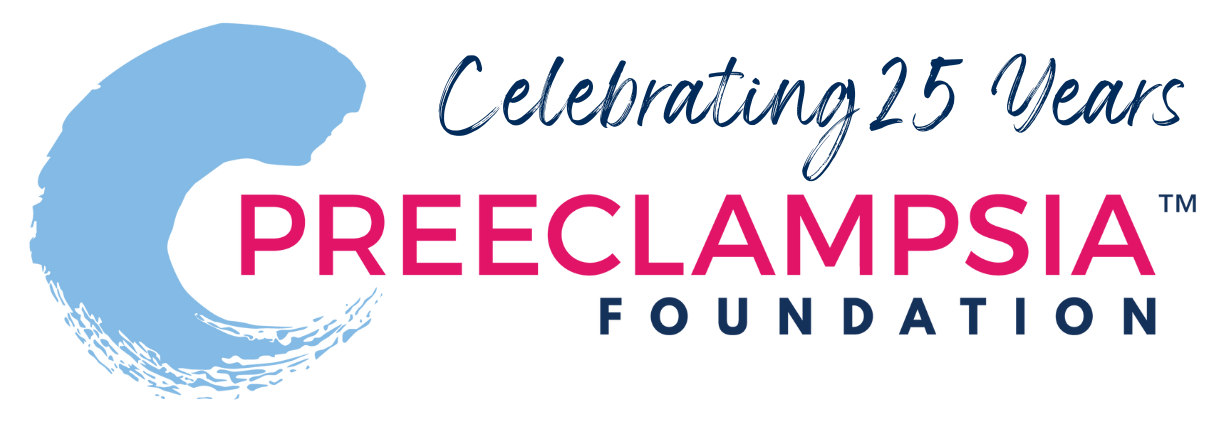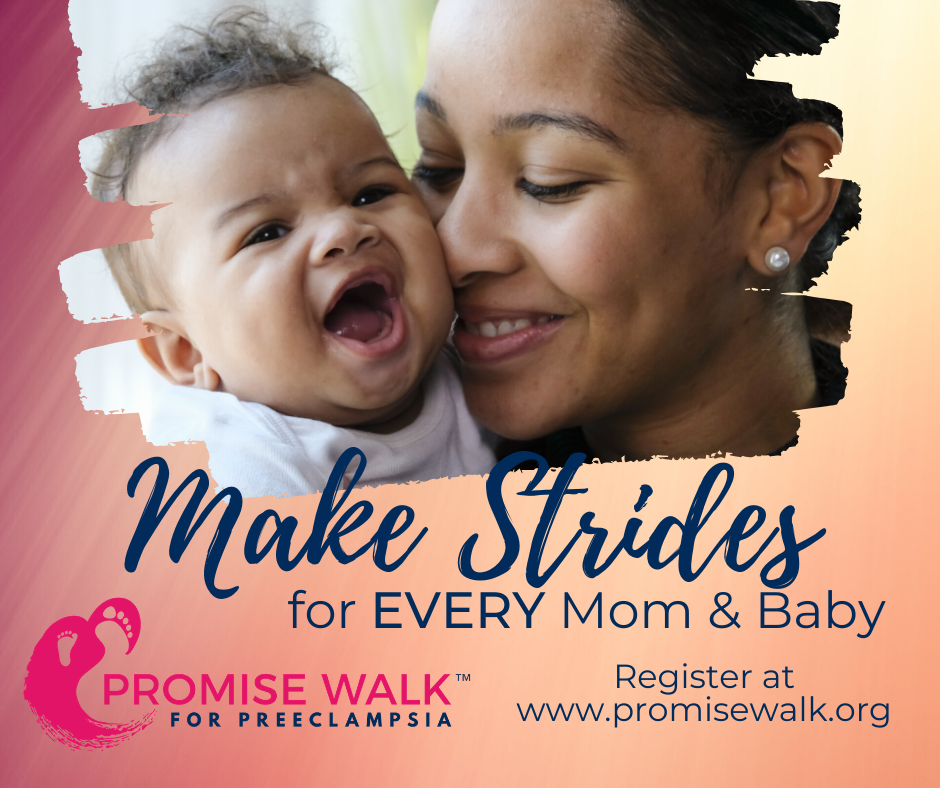
Can AI improve emergency department triage for preeclampsia patients?
Preeclampsia is a major cause of maternal and fetal morbidity and mortality. Prompt and accurate diagnosis is necessary to prevent adverse outcomes. A study was completed to determine the accuracy of triage nurses’ decision-making for patients presenting to emergency departments (ED) with signs and symptoms of preeclampsia or postpartum preeclampsia. Triage is the method of sorting patients to ensure that the most urgent and life-threatening conditions receive treatment first.
The Emergency Services Index (ESI) is a tool used in EDs to triage patients so that those who need care most urgently are seen first. A lower score, ESI 1 or 2, is given to the highest risk patients and should include those with preeclampsia. Initial triage is usually done by emergency department nurses. More recently, a machine-learning algorithm called KATE was developed to triage emergency room patients. KATE stands for Knowledge Assisted Triage Expertise and is an artificial intelligence (AI) tool that provides real-time clinical guidance. If KATE triages a patient to a higher risk category than that given by the nurse, a notification is sent. The nurse can then change the category or ESI score. Studies have shown KATE to be more accurate than nurses.
For this study, data from 25 hospitals in 4 states (MD, MA, CA, and HI) was used to compare nurses’ triage of those whose records contained a diagnostic code for suspected preeclampsia to that of KATE. A large data set was used to verify the impact of accurately identifying high-risk preeclampsia patients at triage. Out of 1.3 million records, they identified 243,872 as high-risk perinatal patients; 881 of them had a final confirmed diagnosis of preeclampsia.
The study found that less than 21% of preeclampsia patients were accurately triaged. Over 80% of the preeclamptic patients were assigned a lower acuity rating by nurses than by KATE, while other pregnancy related conditions were under triaged only 50% of the time. In response to a notification by KATE, nurses raised the acuity level for only 15.6 % of patients. 47.1% of those whose triage level was changed were admitted to the hospital for treatment compared to only 29% of the time when triage nurses did not respond to the notification by KATE and did not change their ESI score.
Take Home: High-risk pregnancies and postpartum conditions account for 18.5% of obstetric ED visits, but they are under-triaged at least 50% of the time. In very high-risk cases like preeclampsia, the under-triage rate rose to 80%. This study highlights a concerning reality for pregnant and postpartum patients seeking emergency care and the importance of properly triaging ED patients. This can be attributed to the increasing amount of maternal care deserts, health inequity, lack of experience, and inadequate education on obstetric emergencies.
Can AI improve emergency department triage for preeclampsia patients? Yes. While AI-tools can help with ED triage it does not replace the need for nurses. It is also very important for patients to report all signs and symptoms. Postpartum patients should notify the ED staff that they recently gave birth.
Citation: Accuracy in identification of pre-eclampsia patients at emergency department triage: A quantitative description study. Wolf, L . International Emergency Nursing vol 79. 2025
ABOUT RESEARCH ROUNDUP
Each quarter, our team of science writers reviews the most current research studies related to hypertensive disorders of pregnancy and summarizes those studies of greatest interest and potential impact to our community, including research studies related to risk assessment, diagnosis, prevention, and treatment. Special thanks to our volunteer research team, including Dr. Sig-Linda Jacobson, Dr. Jennifer Mitchell, Dr. Julie Reynolds, and Amanda Yang who make Research Roundup possible, and to our Patient Advisory Council, who reviews these materials from the patient perspective.
Related Articles

Your story is needed to improve outcomes for moms like you. Add your voice to critical preeclampsia research to ensure that every story is heard.

Frequently asked questions about the Preeclampsia Registry, a patient-driven registry and biobank.

The Preeclampsia Foundation offers research funding, study recruitment, and other patient engagement services to researchers.

We provide research grant funding to advance progress towards detection, prevention, or treatment of preeclampsia, HELLP syndrome, and other hypertensive disorders of pregnancy.

The Preeclampsia Foundation is seeking Letters of Intent for the Peter Joseph Pappas Research Grants funding program, designed to accelerate preeclampsia research. The ultimate goal of this grant prog...

A new research study suggests that blood pressure changes during the first 20 weeks of pregnancy—called blood pressure trajectories—may give providers a peek at a woman’s risk of dev...

Predicting preeclampsia has proven to be a challenge. Researchers have documented many differences in early pregnancy between those who eventually develop preeclampsia and those who do not. These incl...

The U.S. Preventive Services Task Force (USPSTF) and American College of Obstetricians and Gynecologists (ACOG) guidelines changed in 2021 to help prevent preeclampsia. Low-dose aspirin has been shown...

Hypertensive disorders of pregnancy (HDP), including preeclampsia, affect 1 in 6 pregnancies. HDP is a general term for a range of mild to severe outcomes. Until now there has not been a reliabl...



